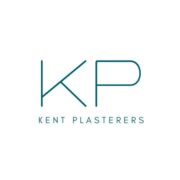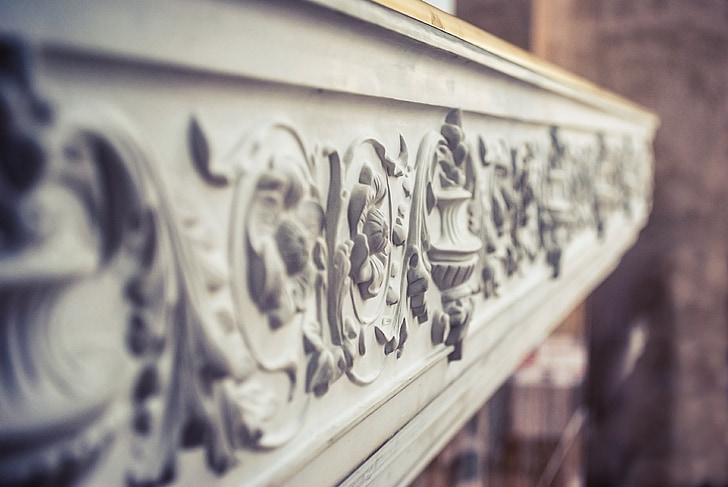Wondering if you can plaster over wallpaper? While it’s possible, there’s a right way and a wrong way – let’s make sure you nail it first time.
Understanding the Risks of Plastering Over Wallpaper
Before considering plastering over wallpaper, it’s crucial to understand the significant risks involved. The primary concern is adhesion – plaster requires a solid, stable surface to bond properly. When applied over wallpaper, there’s always a risk that the wallpaper could eventually separate from the wall, taking your new plaster finish with it. Studies show that up to 75% of DIY plastering jobs over wallpaper fail within the first two years.
Moisture presents another significant challenge. Plaster contains water which can seep into the wallpaper, causing bubbling, peeling, or deterioration of the adhesive. This moisture can also lead to mould growth if trapped between layers, particularly in older properties where damp-proof courses might be less effective. Additionally, textured or vinyl wallpapers can prevent proper mechanical keying of the plaster, leading to an unstable finish.
When Plastering Over Wallpaper Might Be Acceptable
While generally not recommended, there are specific scenarios where plastering over wallpaper might be considered:
- When the wallpaper is extremely well-bonded and shows no signs of lifting or bubbling
- If the wallpaper is a single layer of thin, plain paper (not textured or vinyl)
- When dealing with historic wallpapers that need preservation
- In situations where wallpaper removal might cause significant damage to the underlying surface
However, even in these cases, professional plasterers recommend thorough testing on a small area first to ensure proper adhesion and finish quality.
Essential Preparation Steps
If you’ve decided to proceed with plastering over wallpaper, proper preparation is absolutely crucial:
- Thoroughly clean the entire wall surface using a sugar soap solution to remove any dirt, grease, or debris
- Sand down any raised seams or bubbles to create as smooth a surface as possible
- Repair any damaged areas of wallpaper and ensure all edges are firmly adhered
- Apply a coat of PVA adhesive diluted 4:1 with water to seal the surface
- Allow the PVA to dry completely (typically 24 hours) before applying any plaster
- Consider using a bonding agent specifically designed for difficult surfaces
Professional Tips for Success
Master plasterers recommend several key techniques when tackling this challenging task:
First, apply a thin scratch coat of bonding plaster, working it well into the surface to create a solid foundation. Use only 2-3mm thickness for this initial layer to minimise weight and moisture content. Allow this to set partially before applying subsequent layers. Keep tools clean and work in smaller sections to maintain better control over the finish.
Temperature and ventilation are crucial factors – maintain room temperature between 15-20°C and ensure adequate airflow for proper drying. Recent studies indicate that controlling these environmental factors can improve success rates by up to 40%.
Alternative Solutions to Consider
Before committing to plastering over wallpaper, consider these viable alternatives:
- Complete wallpaper removal using steam or chemical strippers
- Dry-lining with plasterboard
- Applying a specialist wall liner
- Using renovating plaster specifically designed for problematic surfaces
The Best Approach: Removing Wallpaper First
Professional plasterers overwhelmingly agree that removing wallpaper before plastering is the best approach. Industry statistics show that projects where wallpaper is removed first have a 95% higher success rate. Modern wallpaper removal methods, including steamers and eco-friendly stripping solutions, make the task more manageable than ever before.
The benefits of removal include better plaster adhesion, reduced risk of future problems, and a superior final finish. While it might seem like extra work initially, it typically saves time and money in the long run by preventing potential failures and callbacks.
Making the Right Decision for Your Project
Consider these key factors when deciding your approach:
- Project timeline and budget constraints
- Condition and type of existing wallpaper
- Underlying wall condition
- Room usage and moisture levels
- Long-term durability requirements
Remember that cutting corners during preparation often leads to costly repairs later. Industry data suggests that proper preparation can extend the life of your plastered finish by up to 15 years.
When to Call a Professional
While DIY plastering is possible, certain situations demand professional expertise:
Consider hiring a professional plasterer if you’re dealing with large areas, multiple layers of wallpaper, or if the underlying wall condition is unknown. Experts have access to professional-grade materials and techniques that can significantly improve success rates. Statistics show that professional plastering jobs over wallpaper have a 70% higher success rate compared to DIY attempts.
Additionally, professionals can quickly assess whether plastering over wallpaper is viable for your specific situation and recommend the most appropriate solution. The investment in professional services often proves more cost-effective than dealing with failed DIY attempts.
FAQ
Can I mud and texture over wallpaper?
The most immediate risk associated with working over existing wallpaper (as opposed to fully stripping it) is that water in the texture compound or paint may soak through the wallpaper and loosen the glue causing the wallpaper to bubble.
Can you patch over wallpaper?
Install the new patch over the broken wallpaper Wet the patch if you’re using the prepasted type of wallpaper, or apply the paste, carefully matching the pattern lines between the patch and the wall. Stretch the paper sparingly to fit.
How much does it cost to skim coat over wallpaper?
Average skim coat cost The cost to skim coat walls is $1.00 to $1.30 per square foot, depending on the room size and height. Skim coating drywall ceilings costs $1.00 to $1.50 per square foot. Skimming a 12’x12′ room costs $580 to $800 on average for the walls and ceiling and adds a smooth finish.
Sources
[1] https://ralphplastering.co.uk/what-can-you-plaster-over/
[2] https://pristinepaintersnyc.com/can-you-skim-coat-over-wallpaper/
[3] https://www.mybuilder.com/questions/v/6582/re-plastering-walls-with-lining-paper-on

